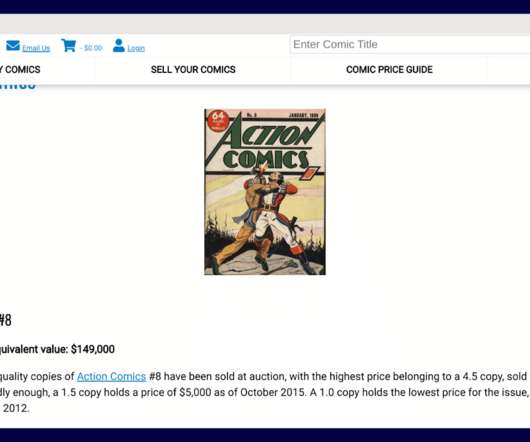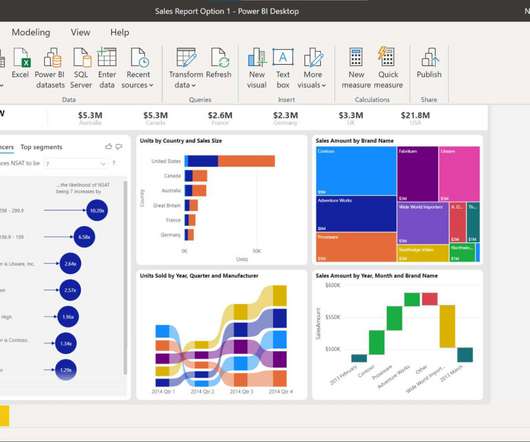SEO content writing vs. content writing: The key difference
Search Engine Land
JANUARY 3, 2023
It’s risky and a step into the unknown, and unless you have a promotion strategy, the likelihood is high that no one will ever read your post. You might test this by promoting on social, even spending a bit of money to boost a post. The best marketing examples are curated in one location, with unique views and images.












Let's personalize your content